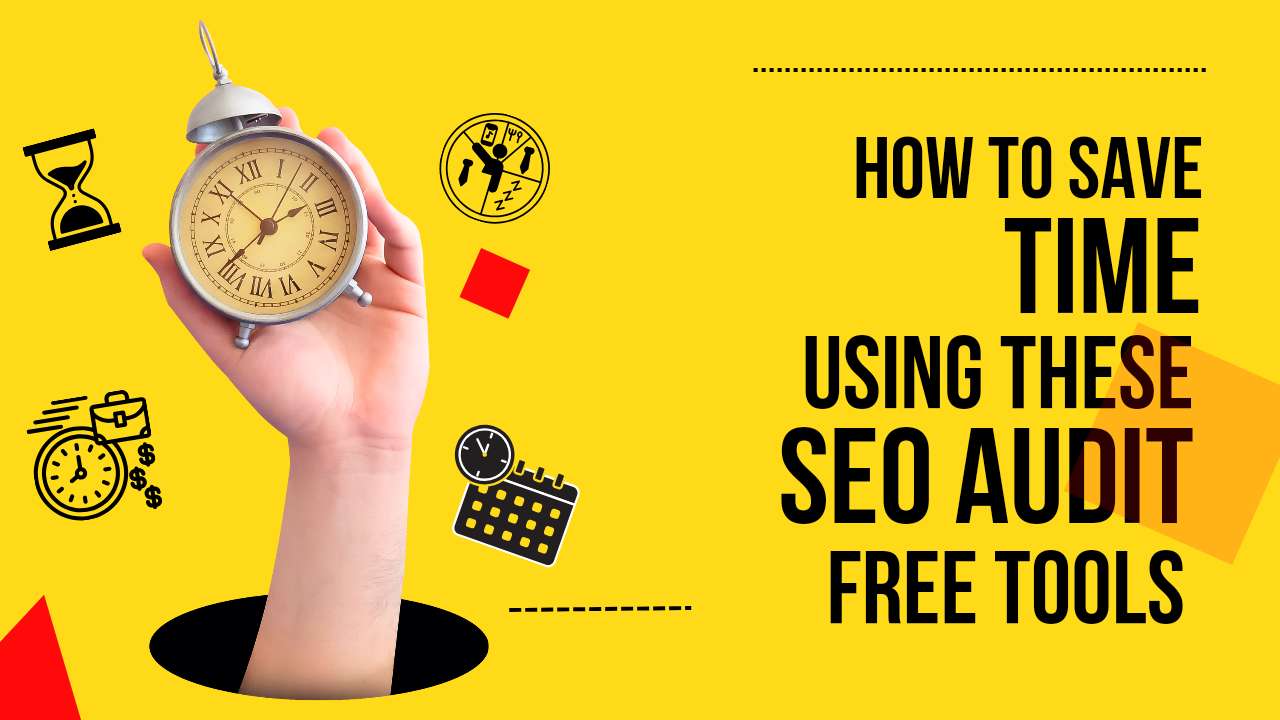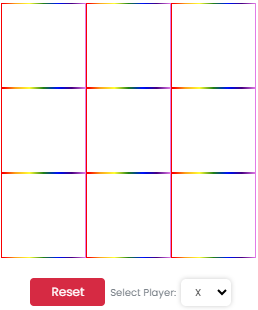In the vast landscape of digital marketing, SEO reigns supreme. It's the key to unlocking the visibility of your website on search engine results pages (SERPs). But did you know that there's a little-known hero in the realm of SEO? Enter Alt Text. Alt Text, short for alternative text, is a hidden gem that plays a crucial role in image optimization.
Understanding Alt Text
Alt Text, also known as alt attributes or alt descriptions, is a brief text description that can be added to an image's HTML code. Its primary purpose is to provide context and describe the contents of an image to users who may not be able to see it. This includes visually impaired individuals who use screen readers, as well as search engine crawlers.
Benefits of Alt Text in Image Optimization
Enhancing SEO Performance
- Alt Text serves as a ranking factor for search engines, helping them understand the subject matter of images.
- Including descriptive keywords in Alt Text can improve the relevance of your content to search queries, potentially boosting your website's ranking on SERPs.
- Alt Text also contributes to increased visibility in image searches, driving more organic traffic to your website.
Improving Accessibility
- Alt Text plays a vital role in making content accessible to visually impaired users who rely on screen readers.
- By providing descriptive Alt Text, you ensure that all users, regardless of their abilities, can access and understand the content of your website.
Strategies for Effective Alt Text Usage
Descriptive Alt Text
- Use descriptive keywords that accurately convey the content and context of the image.
- Write concise but informative descriptions that provide enough detail for users and search engines.
Keyword Optimization
- Incorporate focus keywords naturally into your Alt Text, avoiding keyword stuffing that could negatively impact user experience.
- Ensure that the Alt Text is relevant to the surrounding content and the image itself.
Contextual Relevance
- Align Alt Text with the surrounding content to provide users with a seamless browsing experience.
- Maintain relevance to the image's purpose and its role within the webpage.
Best Practices for Alt Text Implementation
Placement of Alt Text
- Include Alt Text within the HTML code of the image, specifying it using the "alt" attribute.
- For decorative images that do not convey important information, use empty Alt Text to indicate their decorative nature.
Length and Format
- Keep Alt Text concise, ideally under 125 characters, to ensure compatibility with various screen readers.
- Format Alt Text in a way that is readable and comprehensible for users and screen readers alike.
Testing and Optimization
- Regularly test the effectiveness of your Alt Text by analyzing its impact on SEO performance and user engagement.
- Adjust Alt Text based on performance metrics and user feedback to continuously optimize your website's accessibility and search engine visibility.
Common Alt Text Mistakes to Avoid
- Blank or missing Alt Text: Failing to provide Alt Text deprives users and search engines of valuable information.
- Generic Alt Text: Using generic descriptions like "image123" provides no meaningful context for users or search engines.
- Overly long or spammy Alt Text: Lengthy or spammy Alt Text can detract from the user experience and may be penalized by search engines.
- Misleading Alt Text: Providing inaccurate or misleading Alt Text can lead to confusion and frustration for users.
FAQs Related Alt Text
What happens if I don't use Alt Text?
If you omit Alt Text from your images, they will be inaccessible to visually impaired users and less likely to be indexed and ranked by search engines, potentially impacting your website's visibility and traffic.
Can Alt Text contain more than one keyword?
Yes, Alt Text can include multiple keywords as long as they are relevant to the image and the surrounding content. However, it's essential to avoid keyword stuffing and maintain readability and context.
How do I write Alt Text for decorative images?
For decorative images that don't convey important information, use empty Alt Text (alt="") to indicate their decorative nature. This ensures that screen readers skip over these images, focusing on the essential content.
Should Alt Text be different for every image on a page?
Yes, ideally, Alt Text should be unique and tailored to each image to provide accurate and relevant descriptions. This helps both users and search engines understand the content and context of each image independently.
Does Alt Text impact page load speed?
No, Alt Text itself does not directly impact page load speed. However, using excessively long or complex Alt Text may contribute to larger file sizes, which can affect page load times. It's essential to strike a balance between descriptive Alt Text and optimized performance.
Conclusion
Alt Text may seem like a small detail, but its impact on SEO and accessibility cannot be overstated. By harnessing the power of Alt Text, you can enhance your website's visibility, drive organic traffic, and ensure that all users can access and engage with your content.
Are you ready to unlock the full potential of Alt Text? Share your thoughts and experiences in the comments below!




Write a comment